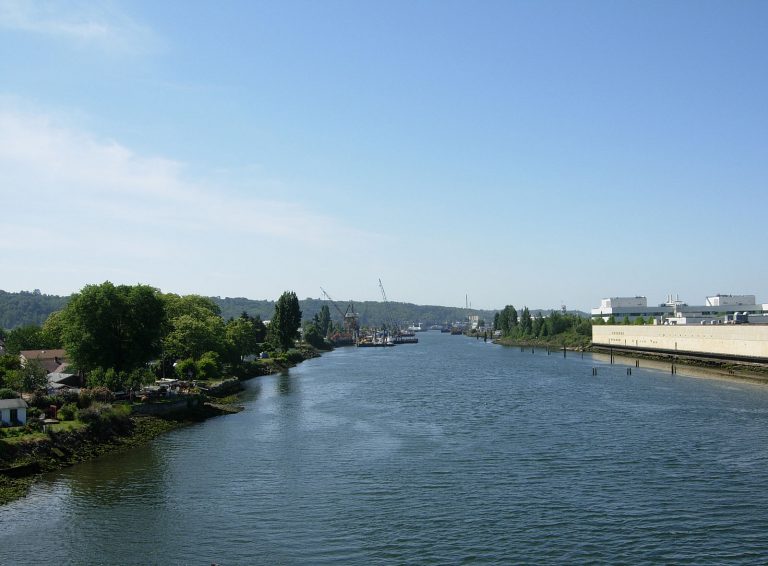Published on September 17, 2021

This opinion article was originally written by Paulina López, James Rasmussen, BJ Cummings, manager of community engagement programs at the University of Washington.
This Monday will mark 20 years since Seattle’s hometown river was declared a Superfund site by the U.S. Environmental Protection Agency. The Duwamish River’s history is a case study of environmental injustices.
The vibrant, marginalized, low-income and ethnically diverse community around the lower Duwamish has long faced greater environmental risks and hazards than the rest of Seattle. The river’s history includes our city’s Indigenous Duwamish Tribe and seven generations of immigrants, from colonial settlers to today’s Latinx, Southeast Asian, East African and countless other families who speak more than 30 different languages. It also includes the transformation of a vital natural estuary to a straight, deep industrial canal and the subsequent habitat loss and pollution that persists to this day.
As we hit the two-decade milestone in recovering our river, much progress has been made. Five highly toxic “Early Action Areas” have been cleaned up. New habitat is being restored along the riverbanks. The average concentration of PCBs — a highly carcinogenic chemical banned from U.S. production in 1972 — has been reduced by half in the river’s surface sediments. Finally, in 2014, EPA issued its “Record of Decision” — an order to clean up the rest of the river’s sediments, control ongoing pollution, and cap the allowable levels of chemicals that could remain.
But just as we are beginning to see the light at the end of the tunnel, our own city, county and port governments — which must help pay for cleanup — are lobbying behind the scenes to undermine the environmental and health protections promised by the 2014 decision. The Port of Seattle, King County Wastewater and Seattle Public Utilities are pushing proposals to roll back cleanup requirements to allow exposure to higher levels of PCBs and other chemicals.
Hypocritically, these same local governments have recently passed policies and launched programs to promote environmental justice and health equity — or at least to give lip service to these ideals. But while signing agreements to correct health disparities, plant trees, restore habitat and mitigate traffic impacts, they were also lobbying the Trump-era EPA to weaken the river cleanup plan, reducing the cost of their obligations.
In the aftermath of that lobbying, EPA has now released a proposal to allow seven times more cancer-causing hydrocarbons in the Duwamish, our only Seattle river. In the river’s East Waterway (an adjacent Superfund Site), EPA is planning to allow 15 times more PCBs, three times more arsenic, and five times more dioxins and furans than the 2014 decision for the river allows. These higher sediment levels in the East Waterway translate to more highly contaminated fish — PCBs in some fish would be 270 times higher than the fish are allowed to be in the Duwamish River — despite the fact that it’s the same river and the same fish.
Continue reading at The Seattle Times.
Originally written by Paulina López, James Rasmussen, BJ Cummings for The Seattle Times.